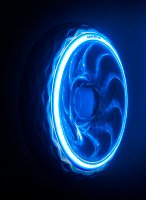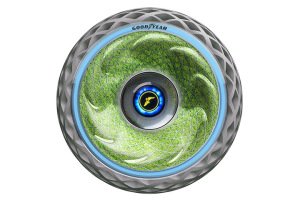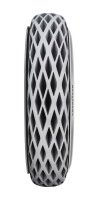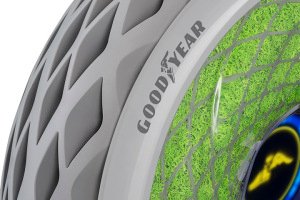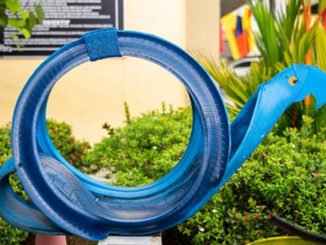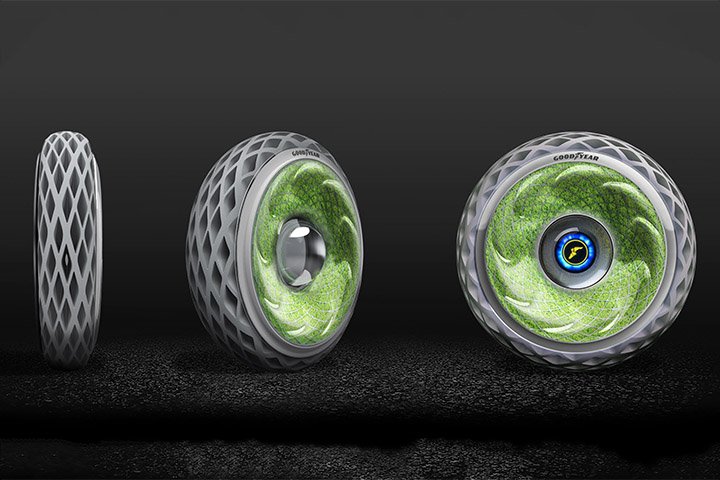
A green tyre made with moss was one of the concept tyres unveiled by Goodyear at Geneva this year. The tyre manufacturer proclaimed Oxygene to be the future of mobility and a visionary solution for cleaner more sustainable urban mobility.
According to the World Health Organization (WHO) more than 80% of people who live in air pollution-measured urban areas are exposed to air quality levels that exceed WHO limits.
Oxygene has a structure with real-life, living moss growing within the sidewall. This open structure and the smart tread design absorb and circulate moisture and water from the road allowing photosynthesis to to take place and release oxygen into the air.
Inspired by the principles of the circular economy, with emphasis on reducing material waste, emissions, and energy loss, Goodyear’s Oxygene concept is designed to integrate seamlessly into future cityscapes, featuring several performance solutions:
- Cleaning the Air We Breathe: Oxygene absorbs moisture from the road through its unique tread and inhales CO2 from the air to feed the moss in its sidewall and release oxygen via photosynthesis. In a city similar in size to greater Paris with about 2.5 million vehicles, this would mean generating nearly 3,000 tons of oxygen and absorbing more than 4,000 tons of carbon dioxide per year.
-
Recycling Worn Tyres: Oxygene features a non-pneumatic construction that is 3D-printed with rubber powder from recycled tires. The lightweight, shock-absorbing structure provides a long-lasting, puncture-free solution intended to extend the life of the tyre and minimise service issues, delivering worry-free mobility. Additional safety is ensured by the tyre’s open structure, which improves wet grip by helping absorb water from the tread.
-
Generating its Own Electricity: Oxygene harvests the energy generated during photosynthesis to power its embedded electronics, including onboard sensors, an artificial intelligence processing unit, and a customisable light strip in the tyre’s sidewall that switches colours, warning both road users and pedestrians of upcoming manoeuvers, such as lane changes or braking.
-
Communicating at the Speed of Light: Oxygene uses a visible light communications system, or LiFi, for high-capacity mobile connectivity at the speed of light. LiFi enables the tire to connect to the Internet of Things, allowing vehicle-to-vehicle (V2V) and vehicle-to-infrastructure (V2I) data exchange, which is critical to smart mobility management systems.
Oxygene is a concept at this time

